Place analytics
Location planning
How IKEA forecasted footfall and market share for a future store location
Request a free location analytics demoRetail location planning forecasts footfall and future market share
Maximising retail market share in any location comes down to how many stores should a retailer open, where should they be in relation to one another and the local population, and might they in fact compete with one another?
Location analytics assessed visitation patterns to both current IKEA stores in Bangna and Bangyai, and compared these to the behaviour of customers visiting the shopping malls in the potential new location at EM District.
Accurately quantifying current market shares and potential share available at the planned third location, the analysis confirmed the choice of location, highlighting very low overlap between the 3 locations, and thus high opportunity to capture new market share.
You can read the full case study here, or understand more about location planning below.
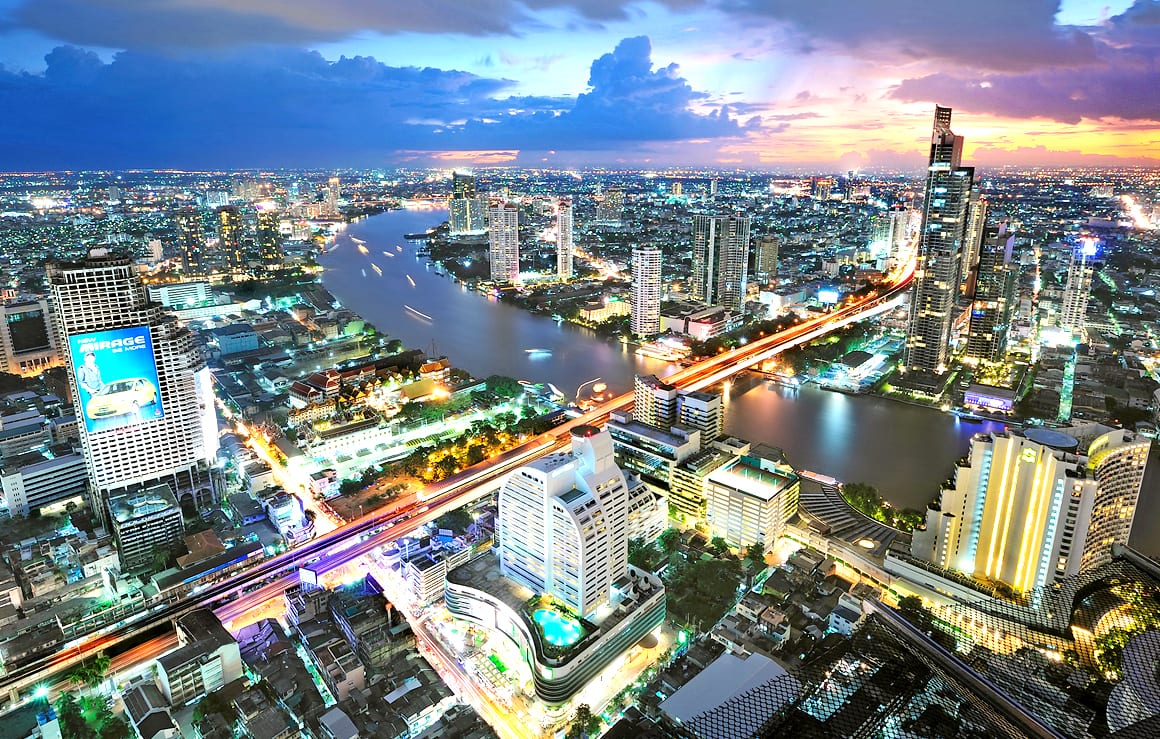
Use location analytics to assure success of your next store location
Store location planning is a critical skill in retail, to be sure an expected return will be achieved on the investment in physical real estate. With overwhelming pressure from e-commerce, every business needs to evaluate the market and revenue opportunity of potential new locations.
Retail store planning is the process of identifying the potential footfall and spend levels of the nearby population, set against the cost of opening and running a physical store, taking into account a variety of external factors which may impact the equation either way.
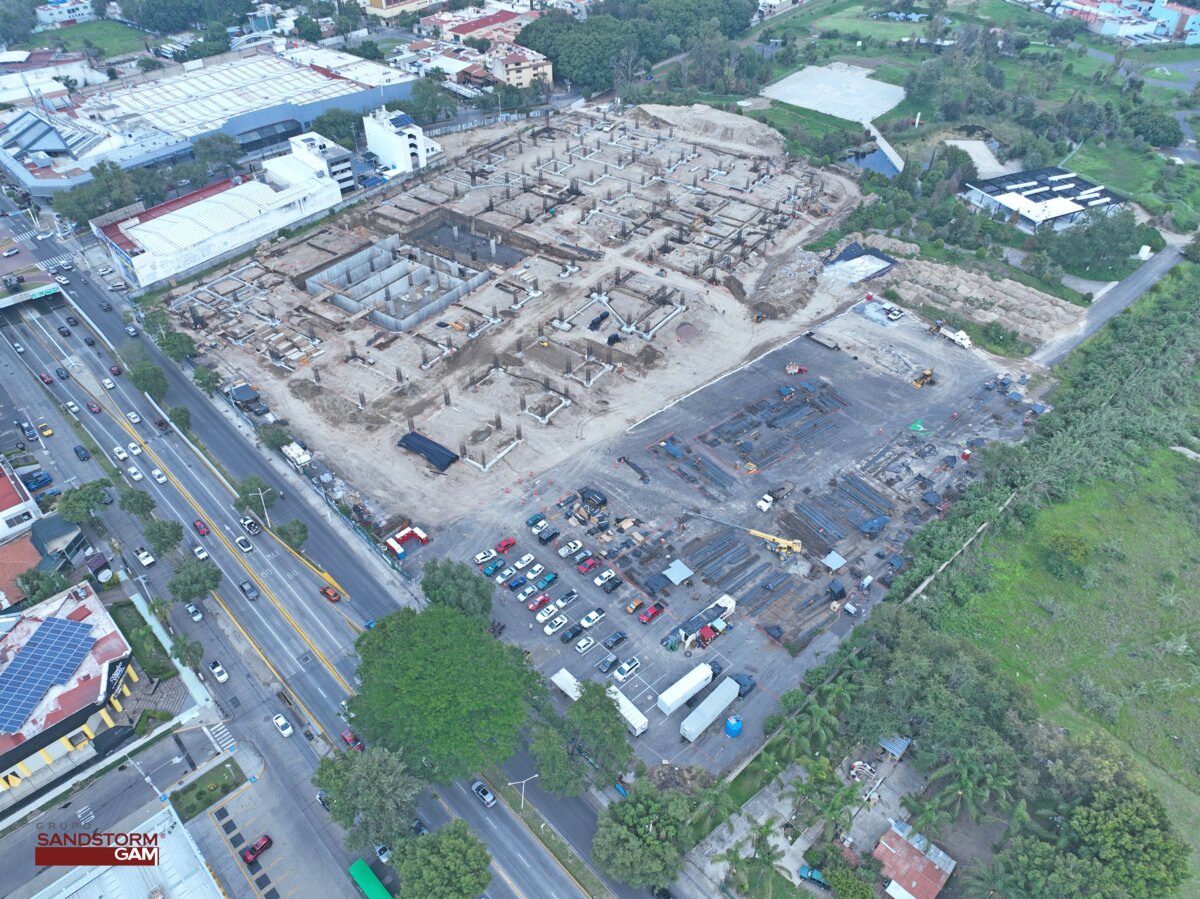

What are the fundamentals of best practice location planning?
Location analytics tracks actual customer movement in near real-time, to provide analysis on retail visitation volumes, time of day and week patterns, frequency of visits and dwell times, along with travel routes and drive-time analysis.
Researching a new location for your store, should include analysing historic consumer movement patterns around your chosen location. In addition, quantifying and mapping current visitation to nearby competitors will produce a strong market evaluation.
Combined with catchment area mapping to identify consumer home locations and demographics, location analytics helps you create a marketing plan for your new store.
Take a look at our intro video, and book a free consultation.
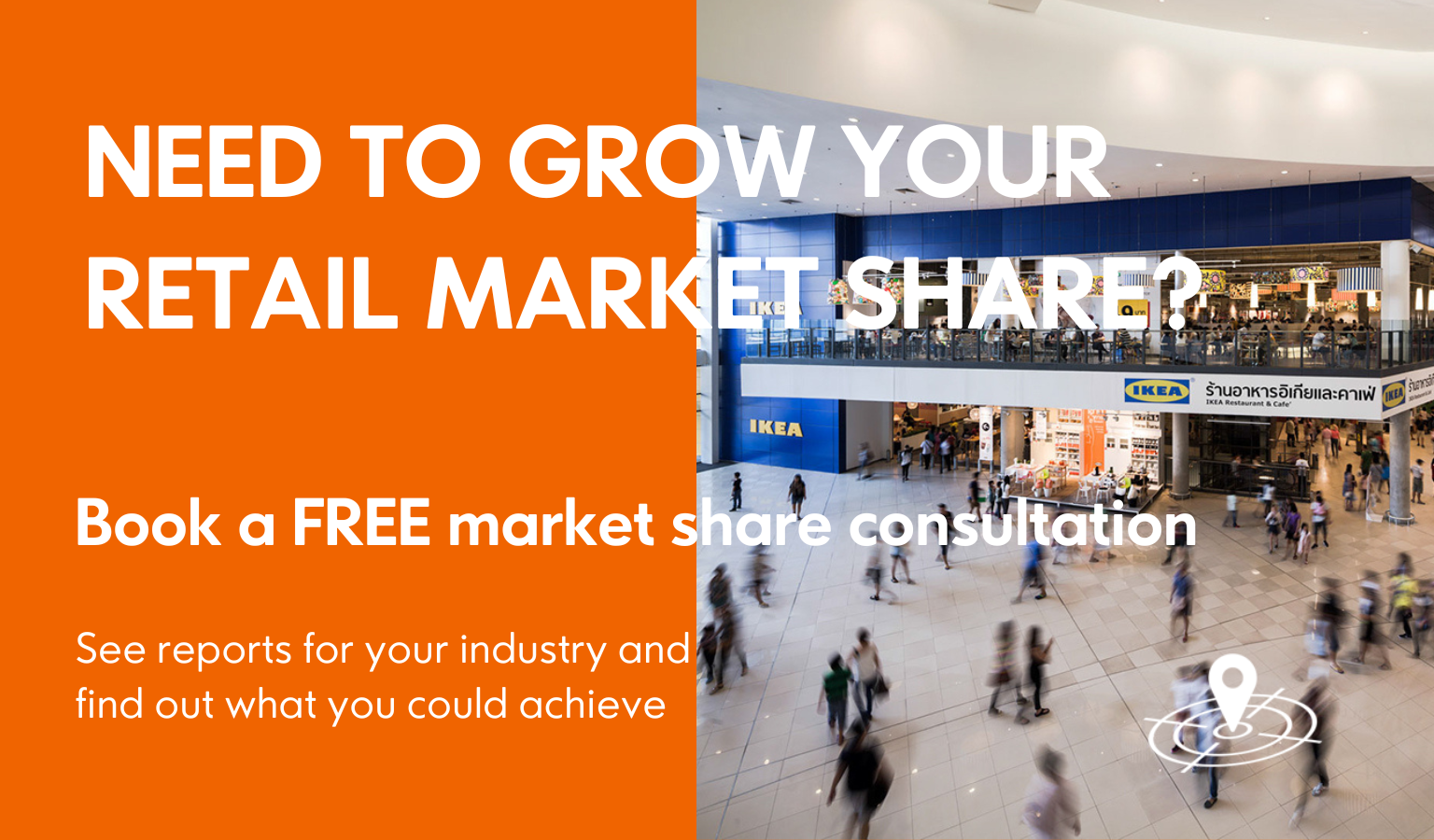
How it works
Analyse current and historic consumer movement
Quantify potential visitors to your new store
Map and count consumers visiting the location you are planning. Quantify passing trade and visitation volumes to nearby outlets.
Identify nearby transport hubs and travel routes that will drive visitation.
Create catchment area maps that analyse origin and drive-time of current visitors.

Analyse competitor store visitation
See where customers currently shop in your sector
If there are competitors near to your new location (or further away for that matter) you can analyse visitor volumes, visitation patterns and shopping journeys to those competitors.
Calculate the overall size of the new local market for your store type or sector, and know if your location will be optimum for acquiring market share.
And map where those customers currently live, to target them with new store opening promotions.
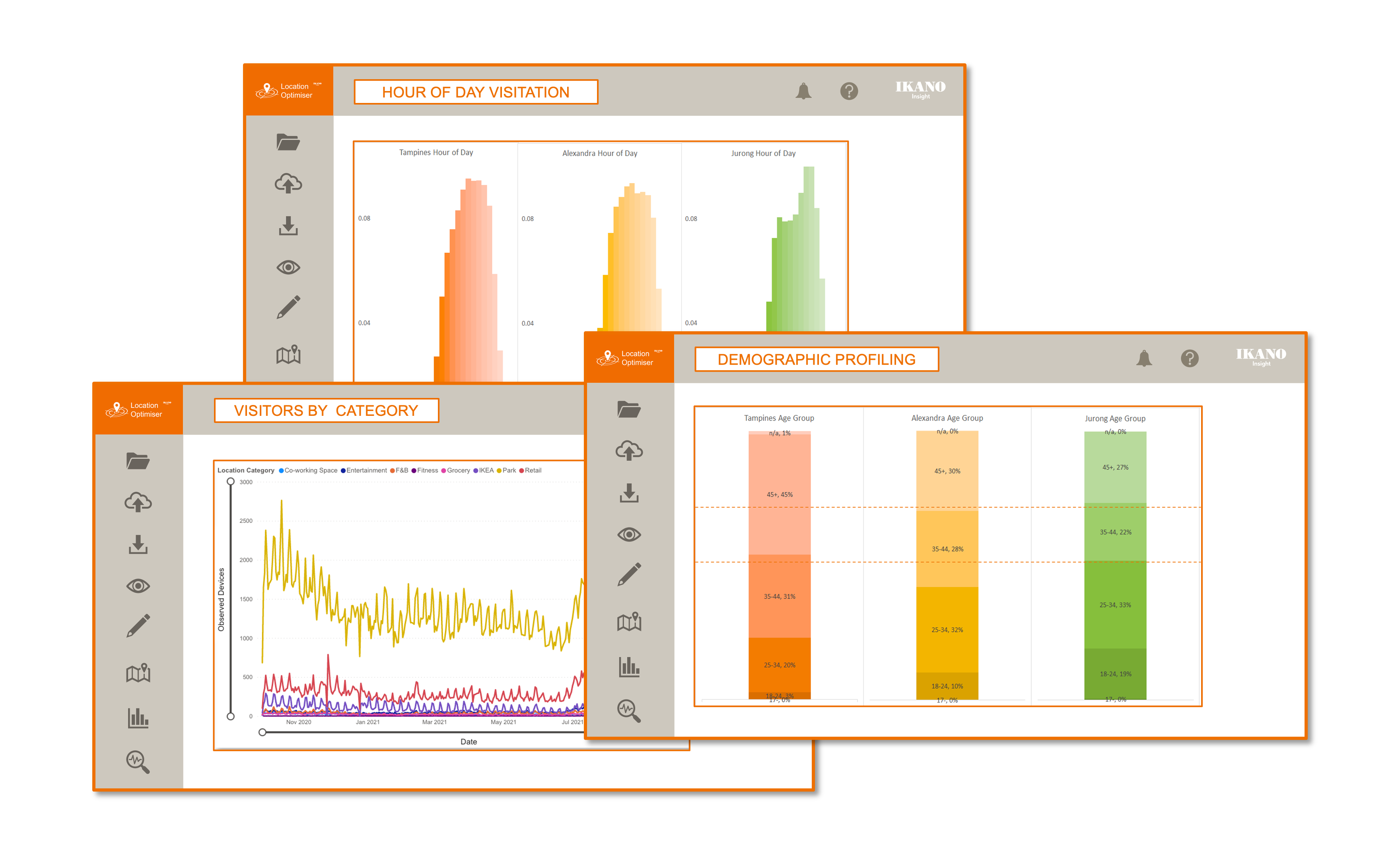
Analyse your potential revenue opportunity
Map sector catchment areas and population demographics
Catchment area mapping will reveal the postcode sectors of your new target audiences, enabling demographic identification.
Combined with average spend values, visitor volumes and frequencies you can calculate potential market size by sales revenue.
Additionally, identify hotspots for targeting, based upon potential value or competitive opportunity.
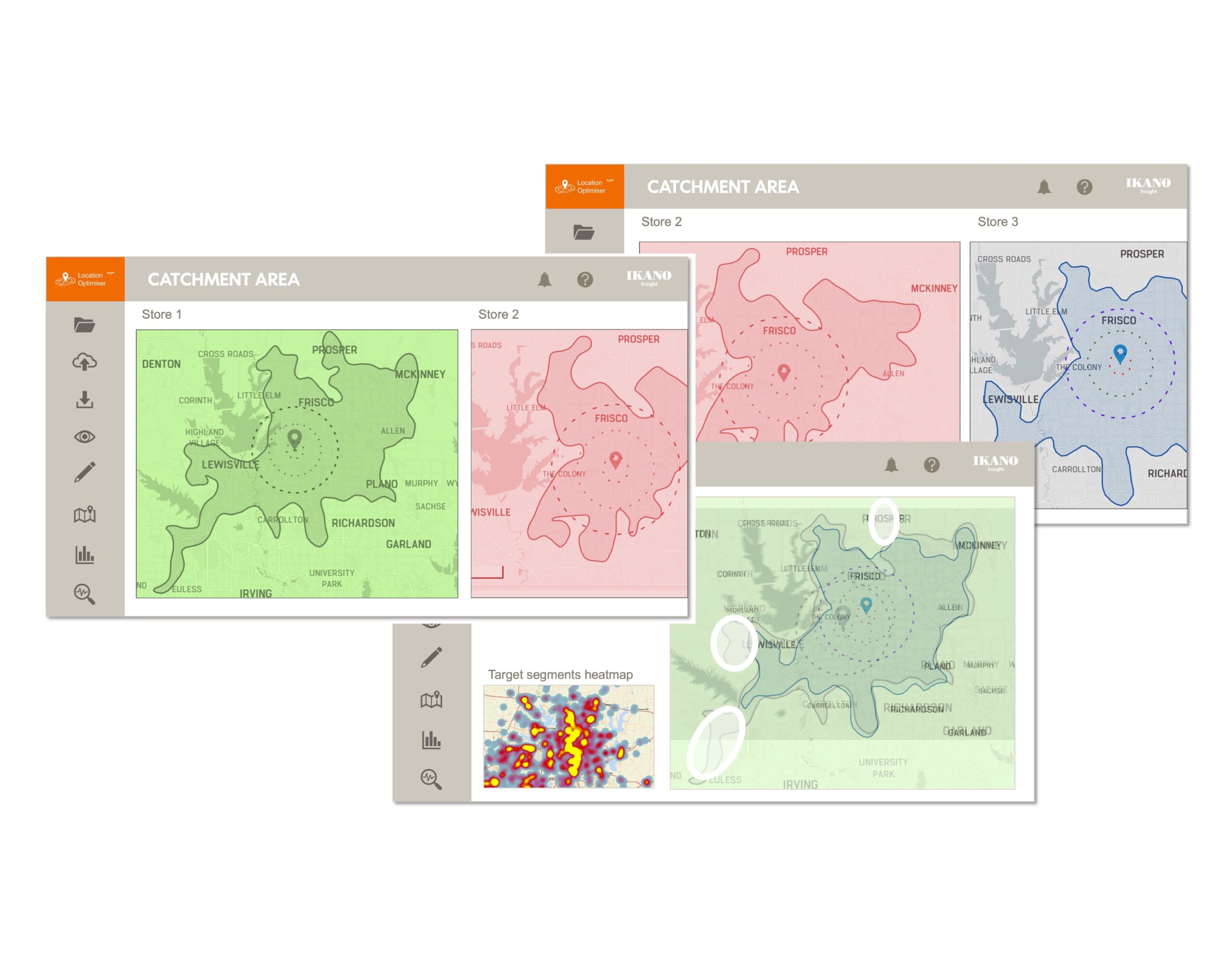
Watch an instant video demo of Location Optimiser
Do you need to assess the market opportunity for a potential new store location?
Do you need to quantify potential visitors to a new store, and forecast sales revenues?
This 10 minute video will explain exactly how location analytics works, and demonstrate how you can see current consumer behaviours, competitor store visitation, and map target customer locations.
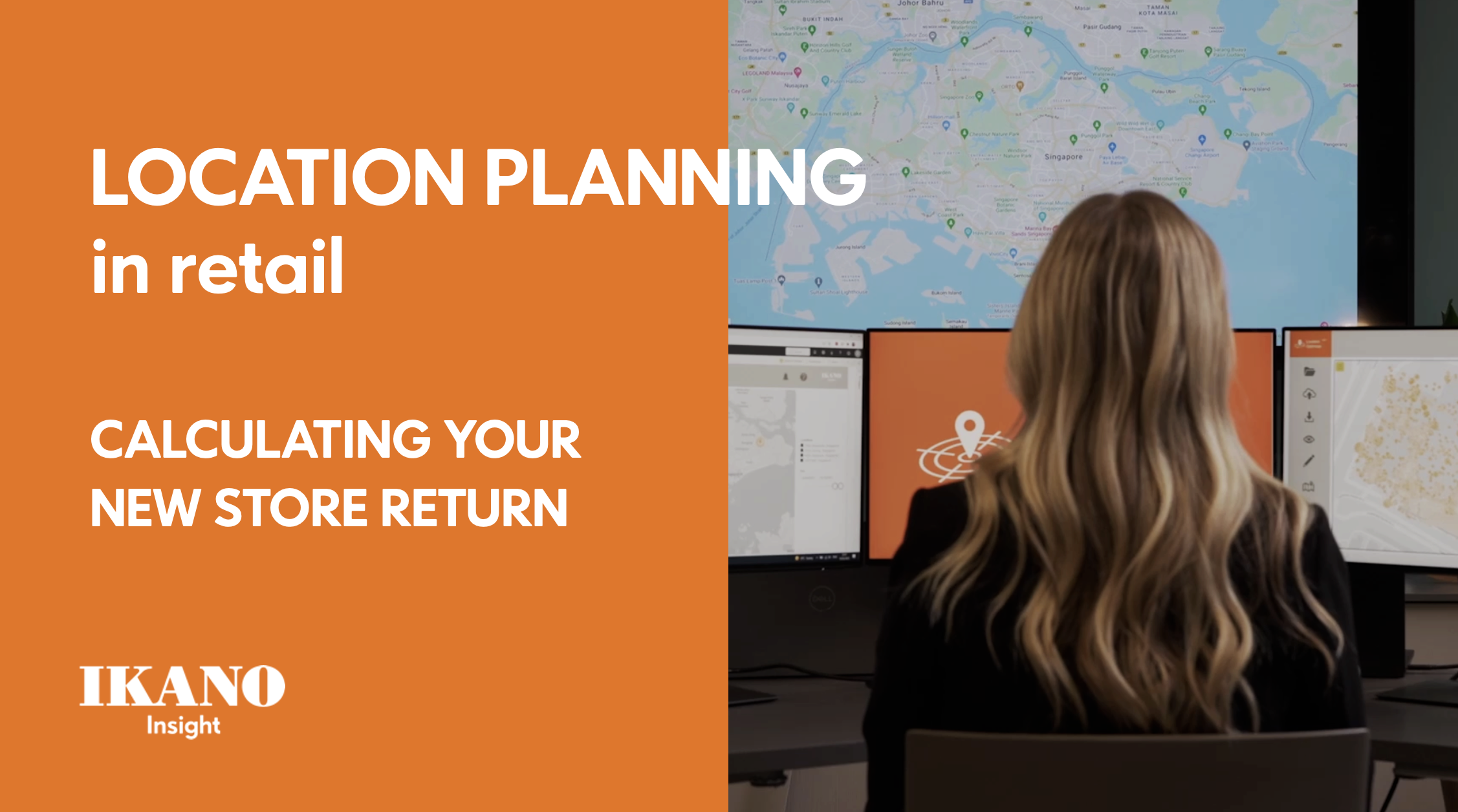
Frequently asked questions
What is location analytics for retail site selection?
Location analytics for retail site selection is the process of using data-driven insights and advanced analytics to evaluate potential locations for opening new retail stores or optimising existing ones. It involves the analysis of spatial data, customer demographics, foot traffic patterns, competitor customer behaviour, and other relevant factors to make informed decisions about the most suitable locations for retail outlets.
Why is location analytics essential for retailers?
Location analytics provides valuable insights that enable retailers to identify the most promising areas for their stores. By understanding customer behavior, demographics, and local market conditions, retailers can choose locations with higher growth potential and target their marketing efforts more effectively. This data-driven approach helps minimise risks and improves the chances of success for new retail ventures.
How can location analytics help retailers optimise their existing store locations?
Location analytics can help retailers assess the performance of their current store locations. By analysing customer traffic, sales data, and local market conditions, retailers can identify underperforming stores and take appropriate actions, such as relocating or closing stores, and reallocating resources to more profitable areas.
How can retailers use location analytics to understand customer behaviour?
Location analytics can track actual customer movement patterns, dwell times, and behaviour within and around stores. This data provides valuable insights into customer preferences, popular shopping areas, and peak shopping times. Retailers can leverage this information to select optimum locations, design better store layouts, optimise product placements, and tailor marketing strategies to specific customer segments and geographical regions where customers live.
Can location analytics predict the success of a new retail store?
While location analytics can provide valuable data and insights, including accurate prediction of future visitation levels to a location, it cannot guarantee the success of a new retail store. Success depends on many variable factors, including product selection, pricing, marketing strategies, and customer service. Location analytics can significantly improve the odds of success by choosing a location with high growth potential and aligning it with a well-executed business plan.
How can retailers stay up-to-date with changing market conditions using location analytics?
Retailers can continuously monitor and analyse data to stay up-to-date with changing market conditions. This involves employing real-time data collection tools such as Location Optimiser, and using machine learning algorithms to detect trends and patterns in customer behaviour. Regularly updating and refining their location analytics models will help retailers make agile and informed decisions in response to evolving market dynamics.
Find out more with a personalised demo
If you’d like to know more about location analytics, and how it can accurately identify optimum locations for new stores, and target the right customers, just get in touch here.
We’ll have a chat and show you a personalised demo to understand exactly what you could achieve.
